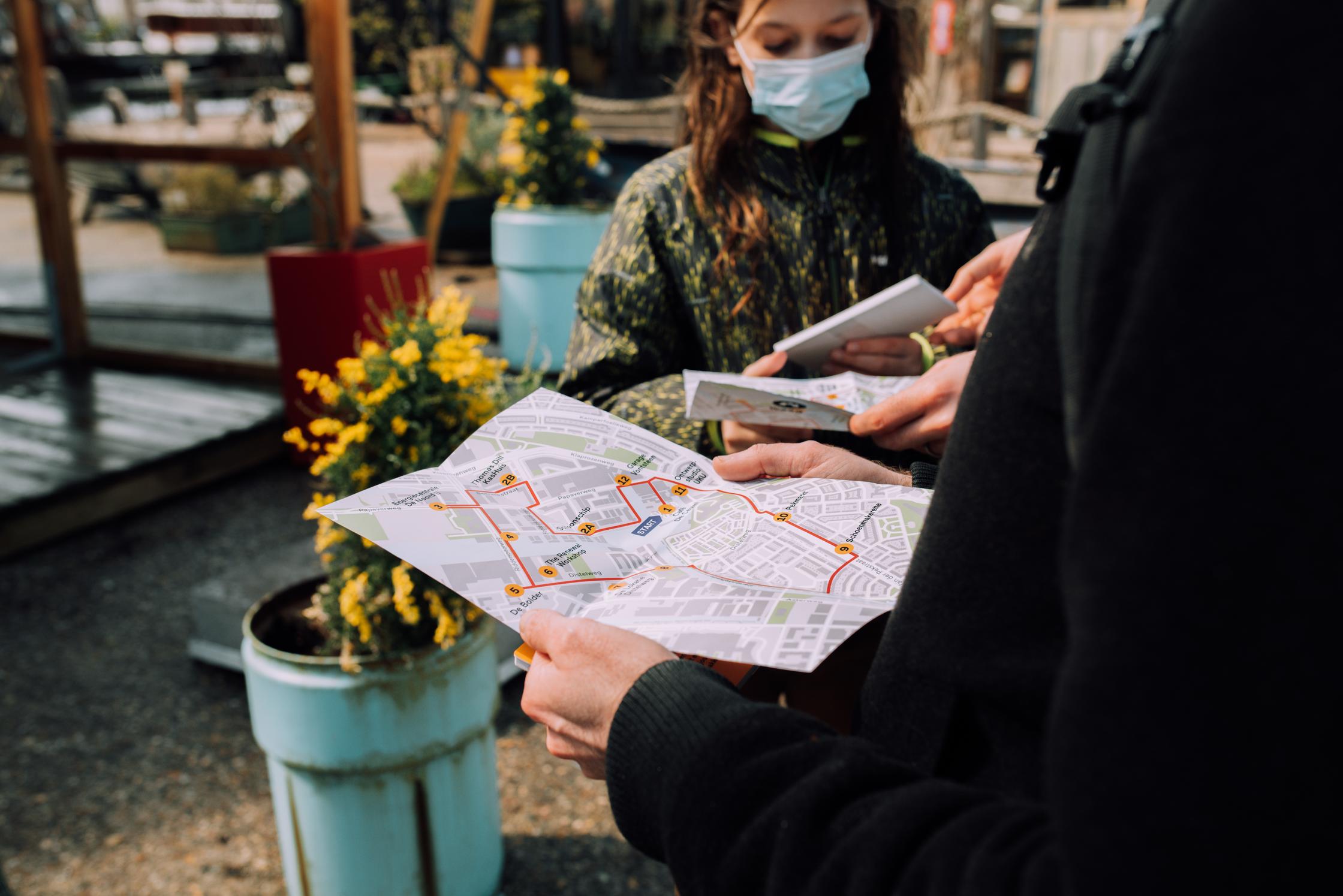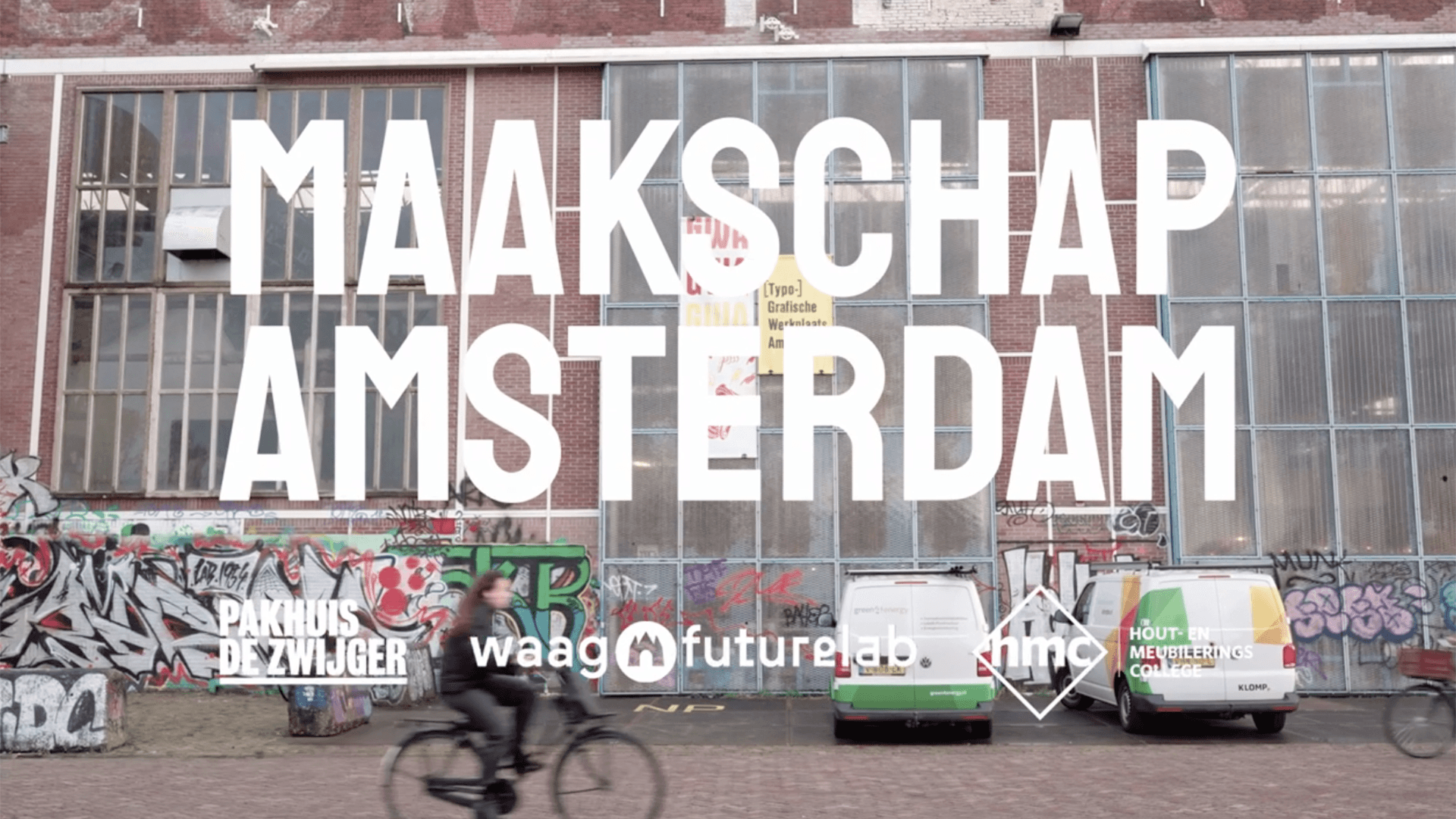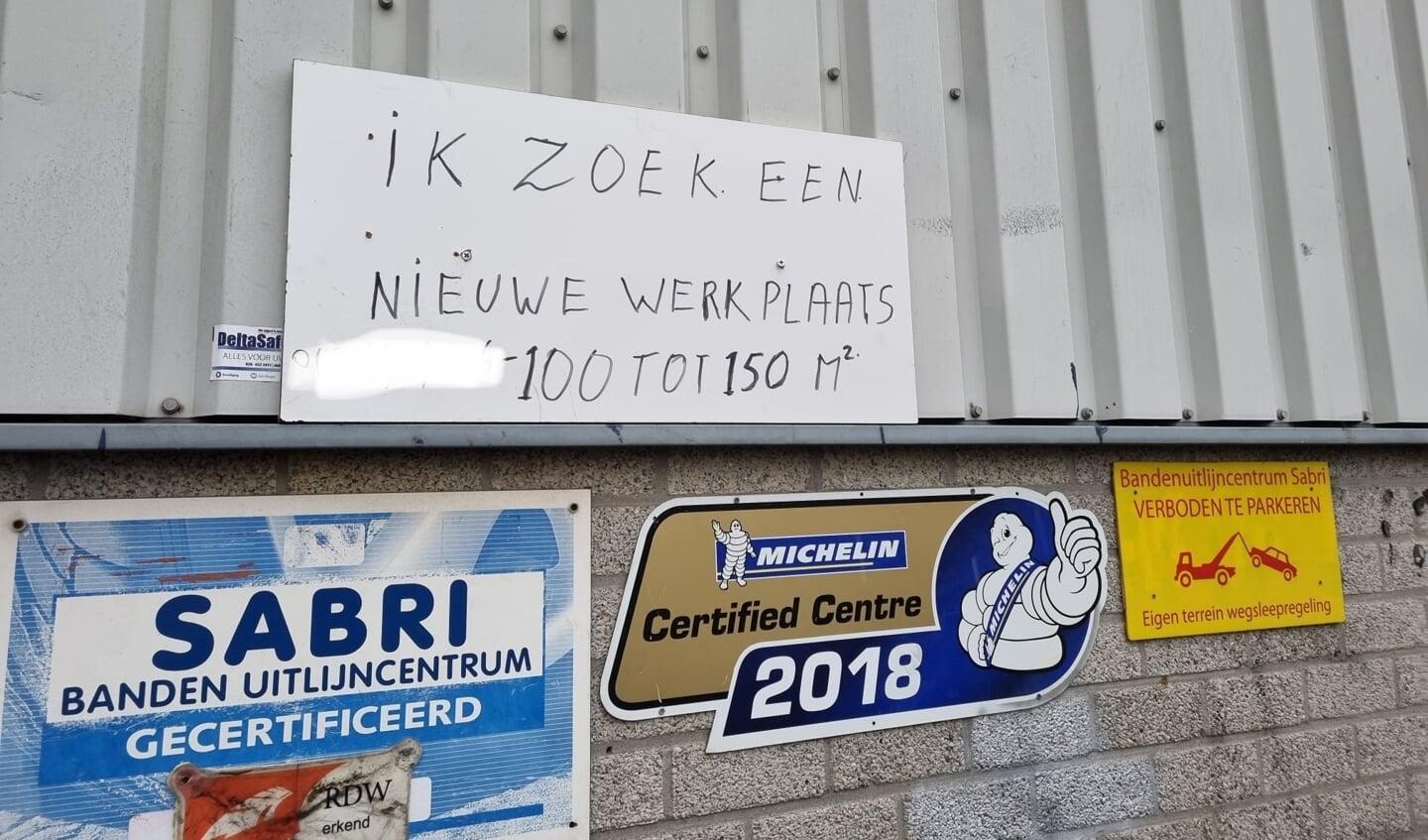Lighting the way: firefly building workshop for children
Waag partnered with designer, inventor, and artist Eibert Draisma to host a workshop that taught children to build solar-powered fireflies. The aim of the event was to inspire the makers of the future. At the start of the workshop, Draisma gave a tour of his workspace and projects, including a frog simulator and a robot dog.
After the tour, children were provided with instructions (as well as adult helpers) that walked them through the steps of assembling and soldering together the fireflies made from printed circuit boards and mini solar panels. The children, many of them quite serious about completing their project, were able to interact with each other while learning about electronics. Some of the young participants decided to put their own creative spin on the project, creating a new pattern for the wing shape of the firefly.
At the end of the workshop, each child was encouraged to name their firefly and bring them home to charge in the sun. Through bringing the firefly home and having to wait until the firefly was charged enough to emit light, children were able to learn about solar power.
Have a look at the photos by Jimena Gauna and the film impression down below.
A step forward: walking through the city of the future
In honour of the opening of the Ware Noorden Lichtroute, Waag hosted a walk featuring organisations working toward a sustainable city. Prior to the walk, Thieu Custers from Waag and Thomas van de Sandt from Pakhuis de Zwijger shared the inspiration for the route. The walk is a way to experience the future of the city - not an imagined future of flying cars, but a future that is built in the here and now through current initiatives in the neighbourhood.
Each stop was intended to introduce the walker to a location where things like welding, reuse, repair, and production take place, or where 'we see the future happening.' Amsterdam has set a goal of being circular by 2050. As such, one of the aims of the walk was to show what making can do for circularity. The group of walkers was challenged to reflect on circularity and sustainability: what must be considered for a sustainable and circular future?
Attendees were given a map of the route as well as cards that provided questions to ponder at each site like ‘many of us live in (rental) houses that we cannot (re)build ourselves - what can we do?’ and ‘what would you like to organise with your neighbours for circularity?’ Stops ranged from shoe repair shop De Schoenmakerette to a soil remediation site at a former garbage incinerator to an installation, furniture and product design studio, UKU Studio. Along the way, walkers were encouraged to read the cards together and engage in conversation at the stops. Midway through the route, walkers took a break at thrift store De Lokatie to warm up with a cup of tea or coffee and to continue the conversation about the walk with one another. During this break, walker Tara van Viegen noted that the route provided a good opportunity to see the city from a different perspective.
Reuse: leveraging the past in the present
How can we use something ‘old’ to inspire something ‘new’? In what ways can we reuse, repurpose, or reimagine something of the past to shape our future? Reuse, in addition to being a practical way to repurpose materials, is also a way in which something from the past can inspire ways to think about the future. An example of reuse that was prominent on the walk was the starting and ending point of the walk, de Ceuvel. De Ceuvel is located on the former Ceuvel- Volhardig shipyard which was in operation for 80 years until its closure in 2000. In 2014, De Ceuvel was officially opened as a sustainable urban development that includes workspaces, a hotel, and a cafe. From utilising old houseboats as workspaces to building the space largely from recycled materials, adaptive reuse is evident on the site.

Reuse and repair on a smaller scale can also be seen on the walk. The Renewal Workshop focuses on clothing repair, helping customers extend the life of their clothing. Similarly, De Schoenmakerette repairs shoes, highlighting that the decision to repair a pair of shoes instead of disposing and purchasing a new pair is a more sustainable decision. The site of De Ceuvel, transformed over the years from a shipyard to what serves as a circular living lab of sorts, as well as other stops on the walk, can serve to inspire citizens to consider their role in working toward a more sustainable and circular economy.
Next steps: inspiration for the future
Through both the walk and firefly workshop in Noord, participants were challenged to think about their role in the future, be it through a lesson on solar power in the firefly workshop or visiting stops on the walk that exemplify efforts undertaken for a more sustainable and circular future. While it is not possible to turn the entire city into a circular system overnight, many reflected on finding inspiration through the events and felt challenged to consider efforts they could personally make.
Guus and Hanneke, walkers who live in cooperative housing in Noord, spoke about how the sites on the walk showed them that there were others in the area working toward sustainability and circularity outside their bubble. Similarly, walker Suzanne Leegwater said she also felt inspired but acknowledged that there’s really still a lot of work to do. Despite the effort it will take to build a better future, the walk led her to think about how she can participate in projects that work toward sustainable and circular goals.
Walk the walk
It is possible to walk the 'future of Noord' walk until 30 April; the route map and the interactive question cards can be picked up at de Ceuvel, De Schoenmakerette, and De Lokatie. In addition, the package can be downloaded digitally.

The Centrinno and Atelier projects are financed by the research and innovation programme Horizon 2020 of the European Union under grant no. 869595 and 864374.


